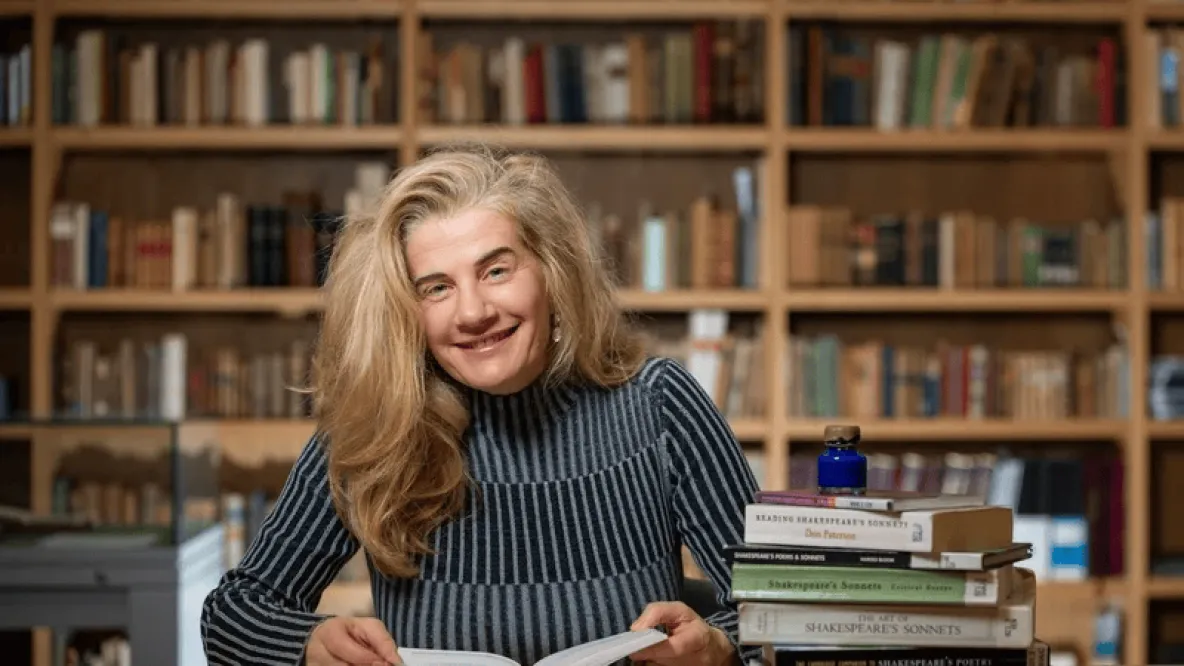
A pioneering project by a lecturer at University of Limerick has seen William Shakespeare’s sonnets translated into Irish using iambic pentameter.
Dr Sorcha de Brún, UL lecturer in Modern Irish Language and Literature, has translated several of Shakespeare’s sonnets from English to Irish using iambic pentameter – a rhythm or ‘meter’ the Bard famously used in his works.
The first of these have been published in Comhar literary magazine, with more due later this year.
Explaining why she embarked upon such a difficult task, Dr de Brún said: “I was inspired by a couple of different Irish language writers and poets saying to me, ‘no, you cannot translate or bring across iambic pentameter from English to Irish’, and my response was ‘oh I think I can!
“My main inspiration was the experiences and the emotions that Shakespeare depicts in the sonnets. They are so universal, they are so human, and still relevant today.
“Shakespeare is obviously one of the greatest writers to ever live, so to be able to bring that over to a minority language, does a lot both in terms of internationalisation, and also in relation to what we can do to show the relationship between Irish and English literature. It shows how flexible and creative language can be
Dr de Brún’s work on the sonnets is closely linked to the innovative research conducted by UL’s Irish department.
“I have a PhD student doing a comparative study on contemporary Irish and English language literature. This is an area that really hasn't been researched very much.
“Translation is certainly being disrupted by advances in AI. It’s important to remember though that different forms of AI have been with us for quite a while and some very innovative genres of literature that often cross over with music and visual art, such as electronic literature, are made possible by the use of AI.
“However, I think literature will always need translators, and this is where transcreation comes into its own, where you not only translate the language, but translate the culture as well.
“When you move away from the strict translation of official documents and into other spheres such as music and literature, so much translation is really transcreation and mediation. It’s not just about translating the language, but about making a plethora of choices around how you are going to mediate the target and source languages also,” she said.
Some of these points are reflected in Dr de Brún’s translations where: “Shakespeare uses particular birds and I decided, I'm going to use a different word in Irish because firstly it's a native Irish bird, and secondly it happens to fit the meter. I think this is one of the most interesting and enjoyable aspects of literary translation.
“But to get to that point, I went through a whole lot of other choices as well, all of which led me to think about different species of birds, the lark in particular, its evolution and migratory patterns in Irish biogeography,” she explained.
“For me the contemporary language is exactly about this kind of thing, having to consider so many different aspects to the language, in terms of geography, history, science. The list goes on, and it is what I believe counts in terms of the survival of the language.
“This is the future of the Irish language, this is where the opportunities are,” added Dr de Brún.
Dr de Brún has currently translated 20 percent of Shakespeare’s 154 sonnets. She continues to work through them and when complete, the UL academic plans to publish them as a book.